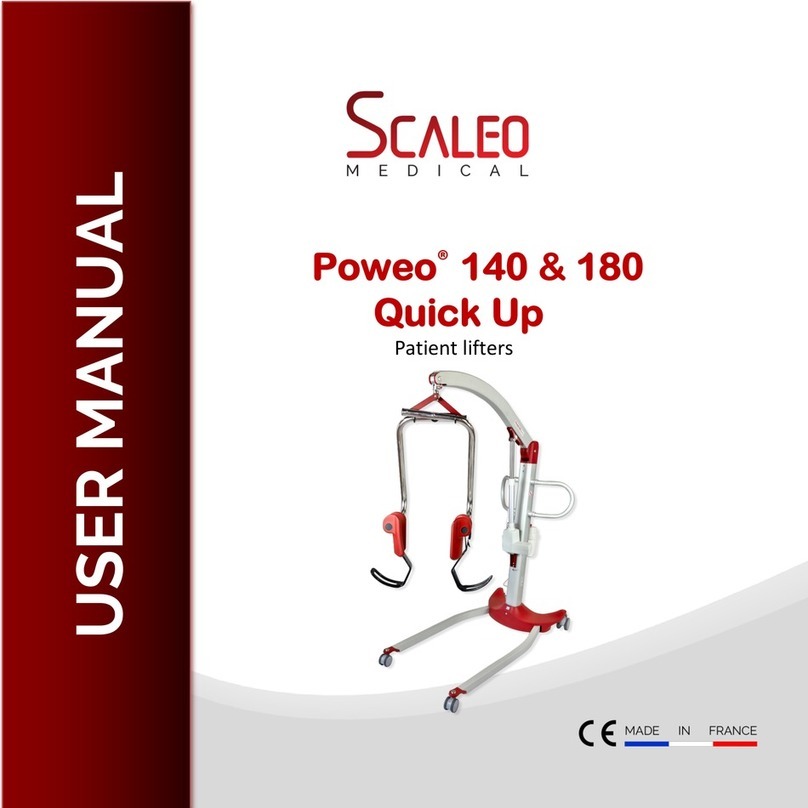
2 DOMU096_EN_8_20221205_Poweo® Nursing user manual
Content
WARNINGS AND SAFETY INSTRUCTIONS ........................................................................................... 3
SYMBOLS AND PICTOGRAMS .............................................................................................................. 5
GENERAL INFORMATION ABOUT POWEO® NURSING ........................................................................ 6
Accessories ............................................................................................................................... 6
Intended use ............................................................................................................................. 7
Contraindications ..................................................................................................................... 7
ASSEMBLY & COMMISSIONING INSTRUCTIONS ................................................................................ 8
Unpacking the Poweo® Nursing ................................................................................................ 9
Instructions for assembly ....................................................................................................... 10
Commissioning ....................................................................................................................... 12
INSTRUCTIONS FOR USE .................................................................................................................... 14
Safety devices ......................................................................................................................... 14
Battery management .............................................................................................................. 15
Maintenance of the battery ................................................................................................... 16
The remote controls ............................................................................................................... 16
The control box ...................................................................................................................... 17
Lifting and transferring with the Poweo® Nursing .................................................................. 18
Choosing the sling .................................................................................................................. 23
CLEANING AND DISINFECTING .......................................................................................................... 25
General guidelines .................................................................................................................. 25
Recommended procedures for cleaning and disinfecting ...................................................... 25
PERIODICAL INSPECTION AND PREVENTIVE MAINTENANCE .......................................................... 26
Periodic control / Preventive maintenance checklist ............................................................ 26
TECHNICAL SPECIFICATIONS ............................................................................................................. 28
Technical specifications of the Poweo® Nursing ..................................................................... 28
Technical specifications of the accessories ............................................................................ 30
ELECTROMAGNETIC COMPATIBILITY (EMC) ..................................................................................... 32
COMPLEMENTARY SAFETY WARNINGS ............................................................................................ 33
WARRANTY ......................................................................................................................................... 35
LIABILITY ............................................................................................................................................. 36
END OF LIFE AND RECYCLE ................................................................................................................ 37
EC DECLARATION OF CONFORMITY .................................................................................................. 38
CONTACT INFORMATION .................................................................................................................. 40






























